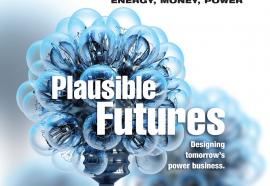Grid Futures
Evolutionary directions for electric system architecture.
How will the technology and policy changes now sweeping through the industry affect the architecture of the utility grid? Will America build an increasingly robust transmission infrastructure, or will we rely more on distribution intelligence and microgrids? Scholars at California’s Institute for Energy and Environment analyze various scenarios to predict the possible futures.









